Founded in 2009,Mercury Motion specializes in high end micro motors, such as brushless motors, gear motors, stepper motors…etc.Especially the precision gear motors, we could design and produce all the gears and we have a full production line of CNC center .This combination makes us have the unique advantage of the gear motors industry. Our motors are widely used in cars, home appliances,medical equipment, electrical devices, ATMs and robots, etc.
Currently, our company is exported to America, Zambia,Grenada,Bangladesh,Tuvalu,Juan de Nova Island,Europa Island,Svalbard,Iran and other more than 50 countries and regions. Mercury Motion company has a strong technical team, a wealth of experience in field service, and effectively provide the right solutions and cost-effective products for customers, We are adhering to the concept credibility first
Product name
| 716 coreless motor
| Keyword
| coreless motor,coreless axial flux motor,coreless dc motor,10mm coreless motor,coreless brushless motor
| | Place of Origin | China | Rated
| DC 5V
| Type
| GEAR MOTOR
| Total length
| 73.1-65.8mm, (Contact us for specific information to confirm)
| Applicable Industries
| household appliances, etc.
| Weight
| 8kg
| Product Description
| A gear motor is a type of motor that incorporates gears into its design to achieve a specific speed and torque output. It typically consists of a motor, a gearbox, and a series of gears that work together to control the motor's speed and power.
| Life span
| 12 years (Contact us for specific information to confirm)
| Advantage
| We keep good quality and competitive price to ensure our customers benefit
| Packing
| 141x122x97mm(Contact us for specific information to confirm)
| Sales country
| All over the world for example:Zambia,Grenada,Bangladesh,Tuvalu,Juan de Nova Island,Europa Island,Svalbard,Iran
| Certification
| ISO9001
| color
| black/grey
| MOQ
| 39pcs(Contact us for specific information to confirm)
|
Please contact us for details about Precision Motors
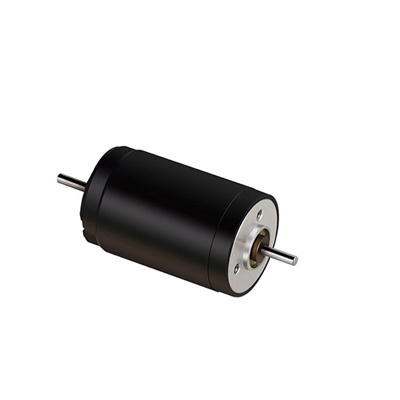
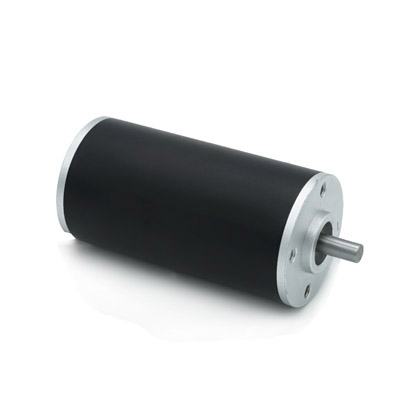
For more information about GM Planetary Gear Motors, please contact us. 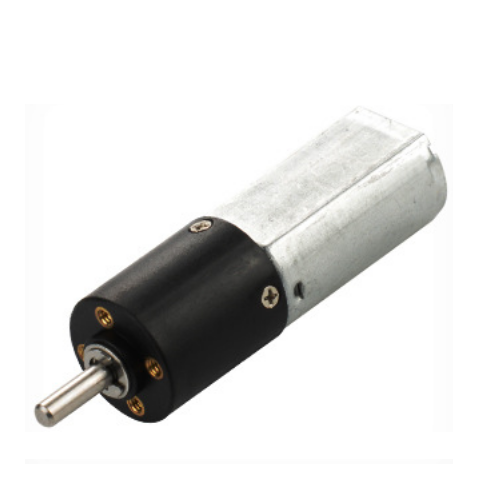
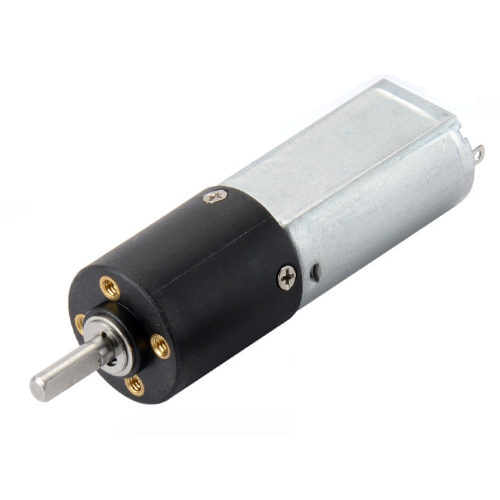
Please contact us for details about Spur Gear Motors 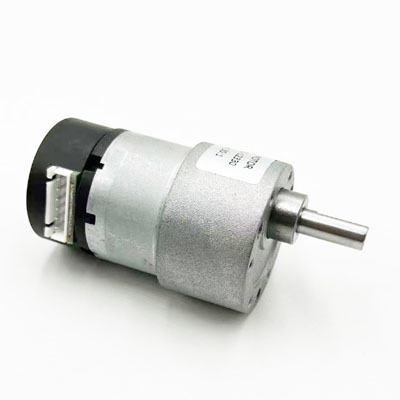
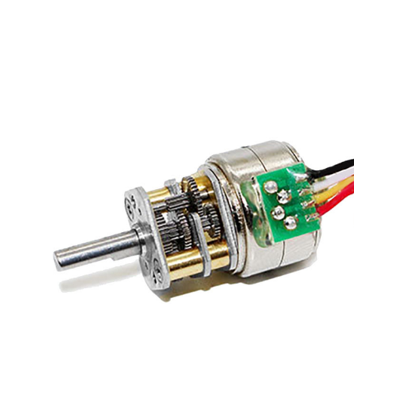
716 coreless motor services FAQs Guide
Are you looking for a quick review guide about 716 coreless motorservices?
An ultimate FAQ buying guide is available to help you.This guide contains all the information about all the important facts, figures, and various processes regarding 716 coreless motor services.
Let’s continue!
1.What types of bearings are typically used in gear motors?
2.Can gear motors handle varying load demands?
3.How do you calculate the gear ratio for a gear motor?
4.What controls are necessary for operating a gear motor?
5.What are the temperature limitations for gear motors? 1.What types of bearings are typically used in gear motors? We adhere to the principle of integrity and transparency, and establish long -term relationships with partners, and we attach great importance to this detail.
1. Ball bearings: These are the most common type of bearings used in gear motors. They consist of a series of balls held in place by a cage, which allows for smooth rotation and reduced friction.
2. Roller bearings: These bearings use cylindrical rollers instead of balls to reduce friction and support heavy loads. They are commonly used in high-speed gear motors.
3. Tapered roller bearings: These bearings have tapered rollers that are designed to handle both radial and axial loads. They are commonly used in gear motors that require high precision and durability.
4. Needle bearings: These bearings use long, thin rollers to support heavy loads and reduce friction. They are commonly used in gear motors with limited space.
5. Thrust bearings: These bearings are designed to handle axial loads and are commonly used in gear motors that require high thrust capacity.
6. Spherical roller bearings: These bearings have a spherical outer raceway, which allows for misalignment and can handle heavy radial loads. They are commonly used in gear motors that operate at high speeds.
7. Cylindrical roller bearings: These bearings use cylindrical rollers to support heavy radial loads and are commonly used in gear motors with high radial load requirements.
8. Bushings: These are simple bearings that consist of a smooth cylindrical or spherical surface that allows for rotation with minimal friction. They are commonly used in low-speed gear motors.
9. Plain bearings: These bearings have a smooth surface that allows for sliding motion and are commonly used in gear motors that require low friction and high precision.
10. Magnetic bearings: These bearings use magnetic fields to support the rotating shaft and eliminate the need for physical contact. They are commonly used in high-speed gear motors that require low friction and high precision. 2.Can gear motors handle varying load demands? We have been working hard to improve service quality and meet customer needs.
Yes, gear motors are designed to handle varying load demands. The gear ratio of the motor allows it to provide the necessary torque to handle different load demands. Additionally, some gear motors have adjustable speed and torque settings, making them even more versatile in handling varying load demands. 3.How do you calculate the gear ratio for a gear motor? Our products & services cover a wide range of areas and meet the needs of different fields.
The gear ratio for a gear motor can be calculated by dividing the number of teeth on the driven gear (the gear attached to the output shaft) by the number of teeth on the driving gear (the gear attached to the motor shaft). This can be expressed as a ratio, such as 2:1 or 3:1, or as a decimal, such as 0.5 or 0.33.
For example, if the driven gear has 20 teeth and the driving gear has 10 teeth, the gear ratio would be 20/10 = 2:1 or 20 ÷ 10 = 2. This means that for every one revolution of the motor shaft, the output shaft will make two revolutions.
It is important to note that the gear ratio only takes into account the number of teeth on the gears and does not consider the size or diameter of the gears. The size of the gears can also affect the overall speed and torque of the gear motor. 4.What controls are necessary for operating a gear motor? Our 716 coreless motor products undergo strict quality control to ensure customer satisfaction.
1. Power source: A gear motor requires a power source, such as an electrical outlet or battery, to operate.
2. On/off switch: A simple on/off switch is necessary to start and stop the gear motor.
3. Speed control: Some gear motors may have a speed control feature, allowing the user to adjust the speed of the motor according to their needs.
4. Direction control: Depending on the application, a gear motor may need to rotate in both clockwise and counterclockwise directions. In such cases, a direction control switch is necessary.
5. Overload protection: To prevent damage to the motor, an overload protection mechanism, such as a fuse or circuit breaker, should be in place.
6. Enclosure: A gear motor should be enclosed in a protective casing to prevent any accidents or damage to the motor.
7. Mounting options: Depending on the application, a gear motor may need to be mounted in a specific position. Therefore, it is essential to have suitable mounting options, such as brackets or flanges, for the motor.
8. Lubrication: Gear motors require regular lubrication to ensure smooth operation and prevent wear and tear. A lubrication system or access point should be included in the design.
9. Temperature control: Some gear motors may generate a significant amount of heat during operation. To prevent overheating, a temperature control mechanism, such as a cooling fan, may be necessary.
10. Maintenance and troubleshooting instructions: Proper maintenance and troubleshooting instructions should be provided with the gear motor to ensure its longevity and safe operation. 5.What are the temperature limitations for gear motors? Our company has many years of 716 coreless motor experience and expertise.
The temperature limitations for gear motors vary depending on the type of motor and its intended use. Generally, the operating temperature range for gear motors is between -20°C to 80°C (-4°F to 176°F). However, some specialized gear motors may have a wider or narrower temperature range.
Factors that can affect the temperature limitations of gear motors include the type of lubricant used, the materials used in the construction of the motor, and the load and speed at which the motor is operating. High temperatures can cause the lubricant to break down, leading to increased friction and wear on the gears and other components. This can result in decreased efficiency and potentially damage the motor.
On the other hand, low temperatures can cause the lubricant to thicken, making it difficult for the gears to move smoothly. This can also lead to increased wear and decreased efficiency.
It is important to consult the manufacturer's specifications for the specific gear motor being used to determine its temperature limitations and ensure proper operation and longevity.
Tag:modern style small staircase chandelier,beachy staircase chandelier
|


